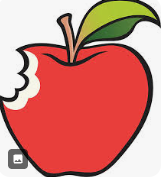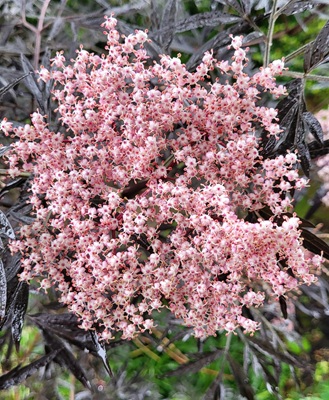Flower Properties
| Property | Value |
|---|---|
| English Name | Black Elderberry |
| MainColor | Pink |
| PlantType | |
| Growth Type | |
| Season | May |
| ImageUrl | Sambucus-001 |
| Photographer | DP |
| Location | |
| Human Toxicity |
Flower Details
Description
A deciduous shrub or small tree with flat clusters of creamy-white flowers in spring, followed by dark purple-black berries in late summer. The flowers are highly fragrant and attract pollinators, while the berries are popular with birds and for making wines, jams, and syrups.
Distribution
Native and common throughout the UK in hedgerows, woodlands, and along roadsides.
Medicinal/Other Uses

Widely used in herbal remedies for colds and flu. Elderflower cordial and elderberry syrup are popular culinary and medicinal preparations.
Edibility

Flowers and fully ripe, cooked berries are edible and safe.
Human Toxicity

Unripe berries, leaves, bark, and stems contain cyanogenic glycosides, which release cyanide when chewed and can cause nausea, vomiting, and diarrhea in humans and pets.
Pet Toxicity

Toxic to pets — especially the leaves, stems, and unripe berries.
Active Compounds
Cyanogenic glycosides (sambunigrin), flavonoids, anthocyanins.
